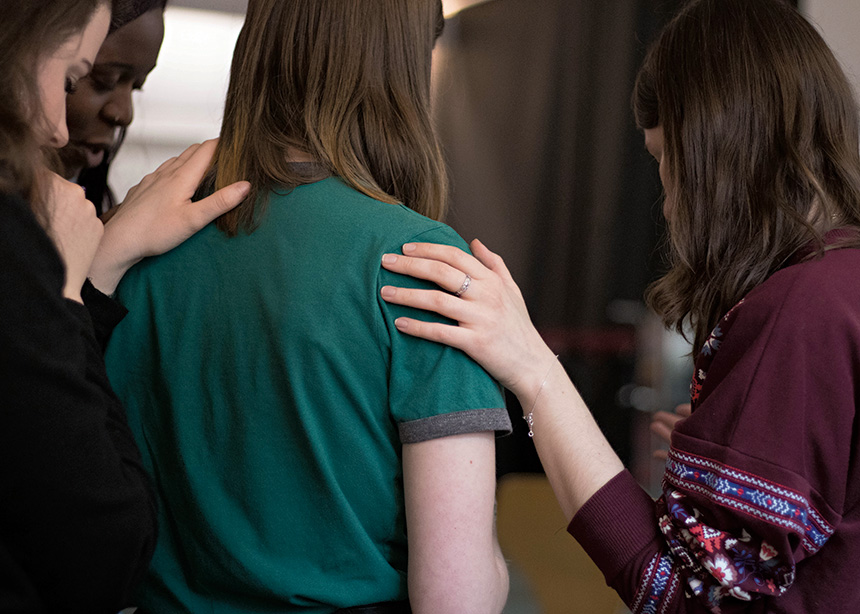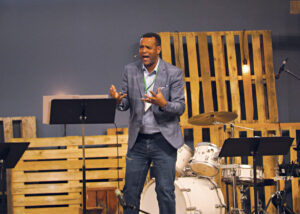I recall sitting through church services as a child, being even more bored with the pastor’s long prayer than I was by the sermon. During the sermon I could look around at people and out the windows, but during the prayer I had to sit even more still, with my head down, looking only at the floor.
As a young adult learning about worship in the Anglican church, I was initially surprised by the reverence given to the Book of Common Prayer, which sat right beside the Bible and the hymnal in the pew racks and was used more often than the other books during worship. With time, I learned to appreciate the value of praying on one’s knees, out loud together as well as listening to the leader, using prepared words shared by many churches all over the world. There is depth of meaning in those words.
As an adult, living in Lancaster County, Pennsylvania, for a number of years, I heard the stories of the Amish way of forgiveness made public by the violent deaths of school girls at the Nickel Mines schoolhouse. The Amish communal prayer tradition includes silent prayer and written prayers from the past, with a strong emphasis on the Lord’s Prayer. The Amish response to their tragedy was grounded in the Lord’s Prayer, the same words spoken every day, day in and day out, for their whole lives: “Forgive our trespasses, as we forgive those who trespass against us.” Their prayers shape their spirituality.
These days I am involved in two forms of communal prayer. I continue to grow in my understanding of prayer in these settings.
First is the Online Prayer Hour organized by Mennonite World Conference. This is one hour of organized communal prayer on the third Friday of every second month. About 100 people gather online, from many countries and continents, hearing prayer points collected from all over the world, spending time in break-out rooms in five languages, praying together for these items shared by our brothers and sisters. It is an astonishing online gathering, with a bit of chaos every time, where the Holy Spirit binds us together as we pray, out loud, silently, in multiple styles. These prayers shape who we are as Christians belonging to a global Anabaptist communion.
Secondly, as a new elder in my local congregation, I am encouraged to be one of those who offers the spoken congregational prayer during worship every now and then. This brings me full circle to my childhood, as I wonder about the content and value of spoken communal prayers for the whole congregation. Who is paying attention? Who is bored? How do the words shape our spirituality? How does the communal nature of this prayer shape our identity together? How is the Holy Spirit at work in our midst through these prayers?
I remember saying to someone at a different congregation some years ago that it is important that the congregational prayer be offered by more people than just the pastors, that it be more than a pastoral prayer but the prayers of the people. I said that too many people think that only pastors really know how to pray, and we all need role models of a variety of people who are willing to pray in public. Now I get to live into that understanding.
Online Prayer Hour brings together an incredible diversity of people, many of whom pray in very different ways. Written prayers carry deep meaning. Congregational prayers bring us together in worship. Communal prayers shape our spirituality and our identity.
Arli Klassen is a member of First Mennonite Church in Kitchener, Ontario, and can be reached at klassenarli@gmail.com.







Leave a Reply
You must be logged in to post a comment.